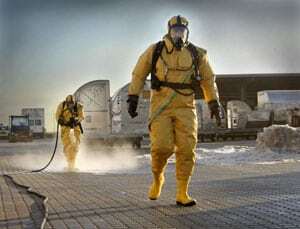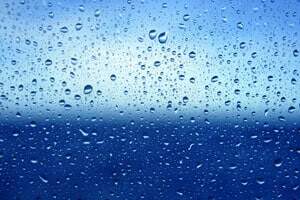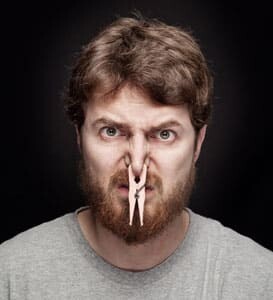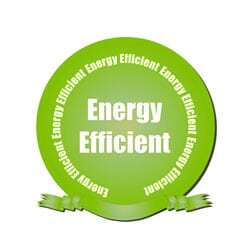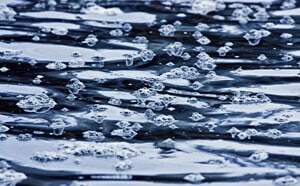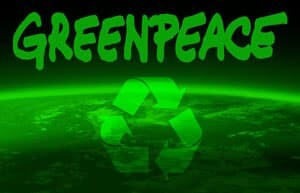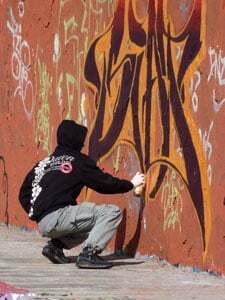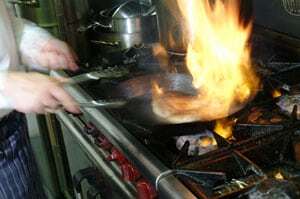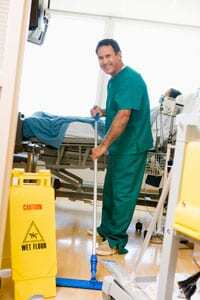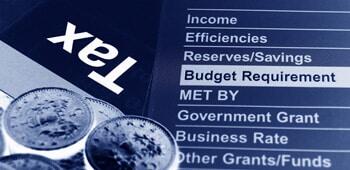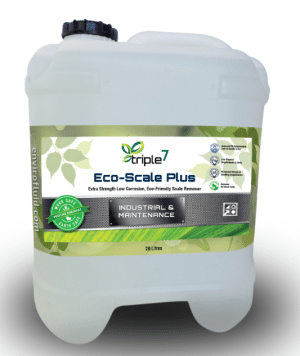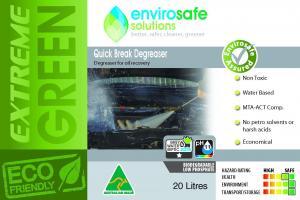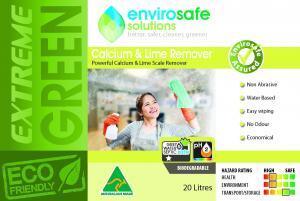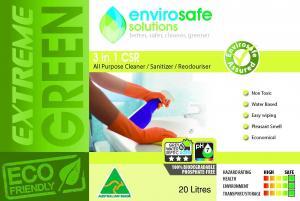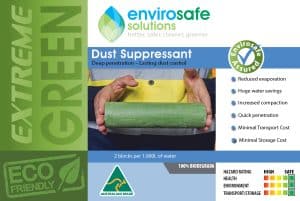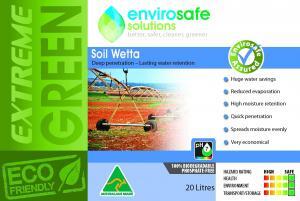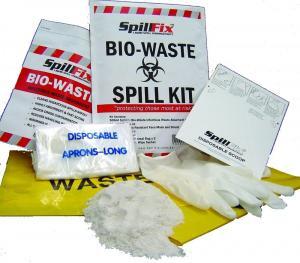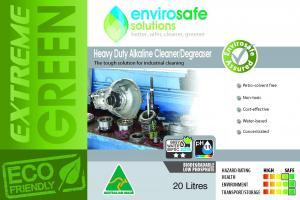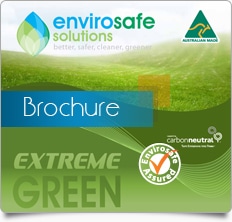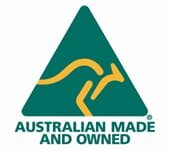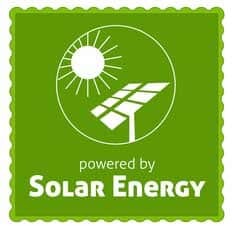 We need them. We rely on them. Just about everyone in Australia has one. And there is nothing worse than entering into one and finding it dirty, smelly and unclean.
We need them. We rely on them. Just about everyone in Australia has one. And there is nothing worse than entering into one and finding it dirty, smelly and unclean.
Yes…we are talking about the humble loo… the WC, the lav, the khazy, the good old Aussie backyard dunny.[1] And whether it is an outhouse OR an in-house, whether it is a pristine part of your home or office space or a light-weight transportable port-a-loo, the good old toilet in all its guises and designs, all its shapes and sizes…needs regular cleaning.
E-Coli
Toilets are a rich breeding ground for potentially harmful bacteria. One such nasty is E-coli, a fecal coliform commonly found in human and animal intestines and also in fecal waste matter. While some forms of fecal coliform and E.coli are harmless, others are known to cause severe gastric and dehydration problems which are painful, costly and debilitating. [2]
The Shiga Toxigenic E.coli infection (E.coli 0111 and E.coli 0157) are known to cause diarrheal illness, nausea and vomiting and abdominal cramps, and at worst, can lead to Hemolytic Uremic Syndrome (HUS) which is characterized by kidney failure, bleeding and anemia. These strains of E.coli are easily spread – particularly when individuals come into indirect contact with the particles in contaminated water.
A clean loo is a healthy loo
Envirosafe Solutions understands the need to keep the toilet area of your house or office free from such nasties. Its Extreme Green Toilet Bowl Cleaner is formed from a high foaming sanitizing and cleaning gel with increased viscosity, which means more product punch for your money. It’s phosphate free, non-toxic and has a three point green Envirosafe Hazard rating, making it safe to use in any environment.
Envirosafe Solutions also produces a port-loo companion product that is designed for use in long drop, septic and portable toilets. Great for caravans, boats or remote regions where cassette style or the long drop systems may be in use, The Extreme Green Porta-loo Treatment is fully bio-degradable and can be emptied into a caravan’s waste-system or and enviro-cycle type system with the minimum of fuss. It keeps the area fresh, germ-free and appropriately perfumed and has an indefinite shelf life, making it great for remote areas and travelling. Extreme Green Porta-Loo Treatment is also free of formaldehyde which means it can be used without harming this beautiful land of ours. Simply pour 25 ml into the holding tank with 250mls of water once every seven days for optimum results. Rest assured your toilet area will be clean, germ-free with low waste-impact on the environment.
Call Envirosafe for all your toilet cleaning products, on 1300 88 9070
[1] http://en.wikipedia.org/wiki/Toilet
[2] Shiga Toxigenic Escherichia coli (STEC) Infection Fact Sheet. NSW Department of Health. http://www.health.nsw.gov.au/factsheets/infectious/shigatoxigenic.html








